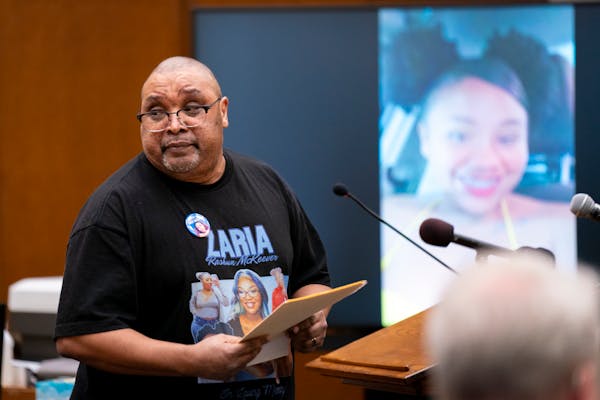On July 6, North Americans commemorated the fifth anniversary of the tragic 2013 nighttime crude oil train disaster that killed 47 people in Lac-Mégantic Quebec. Minnesotans, like Quebecois, have the geographic bad luck to live in "corridor communities" at high risk — on the route between the vast oil and gas production regions in the northwestern U.S. and the Canadian tar sands region and the destination refineries and export facilities in the American Midwest and on the Gulf and Atlantic coasts.
Oil train traffic is resurging, increasingly to the East Coast. Industry leader BNSF railroad reported nearly 40,000 crude oil carloads in early 2018.
Rail disaster risks, accordingly, are rising. Concerned Minnesota legislators in 2015 enacted what provisions they could, under heavy-handed pre-emptive federal laws on rail safety, to beef up local emergency response capabilities. But the fire service knows full well that no community can be "prepared" for a serious crude oil train disaster.
Even Lac-Mégantic and dozens of subsequent U.S. and Canadian crude oil train fireball events brought only marginally safer national railcar design regulations. Predictably, 14 of the newest DOT-117R design cars leaked 230,000 gallons in the recent Doon, Iowa, derailment.
Persistent oil and rail industry lobbyists in 2016 weakened federal regulations so they did not even attempt to impact the most significant disaster risk factors: the volatility of the cargo, the routing of the trains through major cities and the astonishing, still-growing lengths of what the federal regulators call the High Hazard Flammable Trains (crude oil and ethanol).
Other kinds of petrochemical disaster risks loom, as well. As the Star Tribune has reported thoroughly, in both the Twin Cities and the Twin Ports of Duluth/Superior, the two oil refineries have stubbornly continued to operate old, highly dangerous and unnecessary hydrogen fluoride (HF) toxic gas alkylation technology units that pose potential disaster risks on the scale of the 1984 Bhopal, India, toxic gas release that killed some 8,000 people and injured some 100,000.
Given the dense populations in the Twin Cities that live within the 25-mile "vulnerable zone" radius of the Andeavor Refinery — just purchased by Marathon Oil — that refinery may arguably be the single-most dangerous in the nation. Marathon's liability lawyers will not be unmindful of the most frightening HF near-disaster in U.S. history, the hourslong release of HF in 1987 from the Marathon Refinery in Texas City, Texas, and the bungled evacuations of thousands of citizens long kept ignorant of the refinery's disaster risks. Only by the lucky release direction were megadeaths avoided.
The Husky Refinery in the Twin Ports saw April 26 explosions and fires demolish a good portion of the facility, but by luck they missed puncturing the nearby HF storage tank. The mayors of both Duluth and Superior have asked Husky urgently for a conversion from HF to an available nondisaster technology unit, such as the one that the Chevron Refinery in Salt Lake City has now implemented. But Husky argues that this would be too expensive for the ultrarich oil industry to construct on their unexpectedly leveled site. Citizens are beginning to demand a say in what level of disaster risk a Husky Refinery rebuild will impose on them.
It will take vocal and persistent at-risk communities and media to demand that officials use their local authorities, zoning laws (to ban what are called LULUs, Locally Unwanted Land Uses) and/or their traditional police powers for public health and safety, to push the corporate owners of Andeavor and Husky to give up their disaster-prone HF. State and local legislators could for starters mandate that each refinery promptly produce and release publicly a Safer Technology and Alternatives Analysis, as they would have had to do under the federal EPA's January 2017 Final Regulation on Risk Management Plans that has been delayed and gutted by the Trump administration's just-departed EPA head, Scott Pruitt.
As one commenter on that new proposed rule (loved by oil industry groups) pointed out: "A study of terrorism insurance found that a chemical agent attack in a big U.S. city — analogous to a major industrial toxic gas release — could involve property and workers' compensation losses ranging to $25 billion."
HF urban disaster by accident or by terrorism — will citizens in the Upper Midwest roll the dice?
Fred Millar, of Arlington, Va., is a national chemical facility and hazardous materials transportation expert and a former longtime member of the District of Columbia Local Emergency Planning Committee.

University of Minnesota medical ethicist: The morally unthinkable becomes normal too easily
Consumer angst is growing, and famous brands are hurting
The trouble with Nicollet Mall: It's boring now


